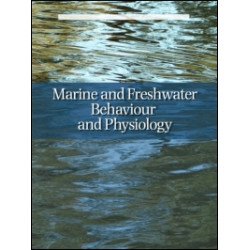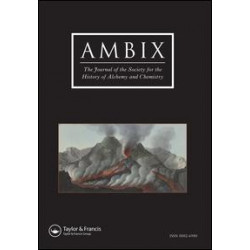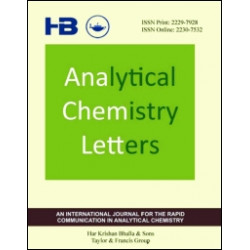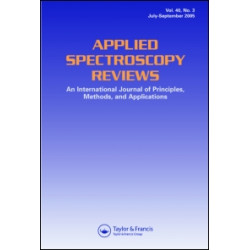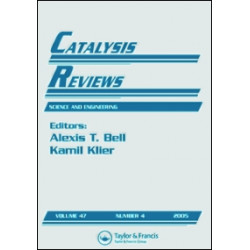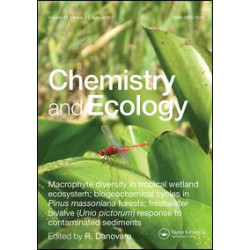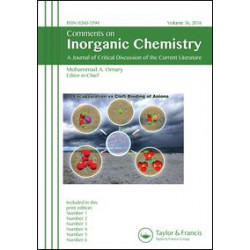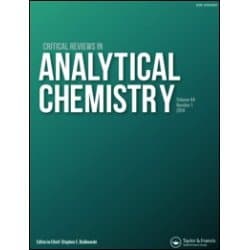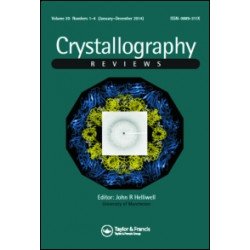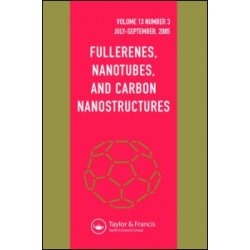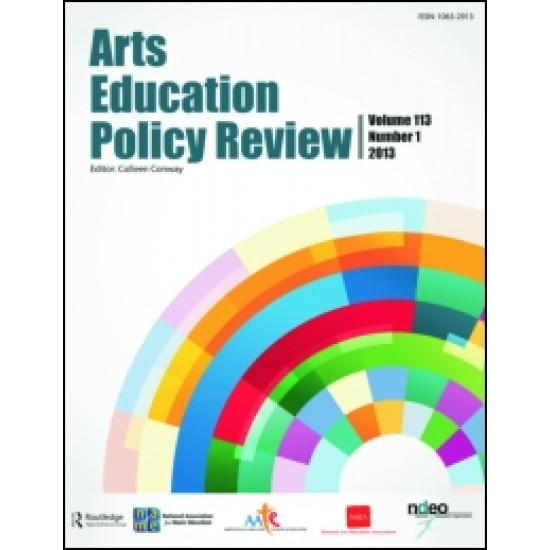
Arts Education Policy Review (AEPR) presents discussion of major policy issues in arts education in the United States and throughout the world. Addressing education in music, visual arts, theatre, and dance, the journal presents a variety of views and emphasizes critical analysis. Its goal is to produce the most comprehensive and rigorous exchange of ideas available on arts education policy. Policy examinations from multiple viewpoints are a valuable resource not only for arts educators, but also for administrators, policy analysts, advocacy groups, parents, and audiences—all those involved in the arts and concerned about their role in education.
AEPR focuses on analyses and recommendations focused on policy. The goal of any article should not be description or celebration (although reports of successful programs could be part of an article). Any article focused on a program (or programs) should address why something works or does not work, how it works, how it could work better, and most important, what various policy stakeholders (from teachers to legislators) can do about it.
AEPR does not promote individuals, institutions, methods, or products. It does not aim to repeat commonplace ideas. Editors want articles that show originality, probe deeply, and take discussion beyond common wisdom and familiar rhetoric. Articles that merely restate the importance of arts education, call attention to the existence of issues long since addressed, or repeat standard solutions will not be accepted.
• gathering and interpreting information about simple or complex issues in order to suggest what should be done;
• taking a body of research or scholarship and exploring its ramifications;
• focusing on decisions in process or decisions already made, explaining agreement or disagreement or developing a list of potential promises and pitfalls.
Publication office: Taylor & Francis, Inc., 530 Walnut Street, Suite 850, Philadelphia, PA 19106






